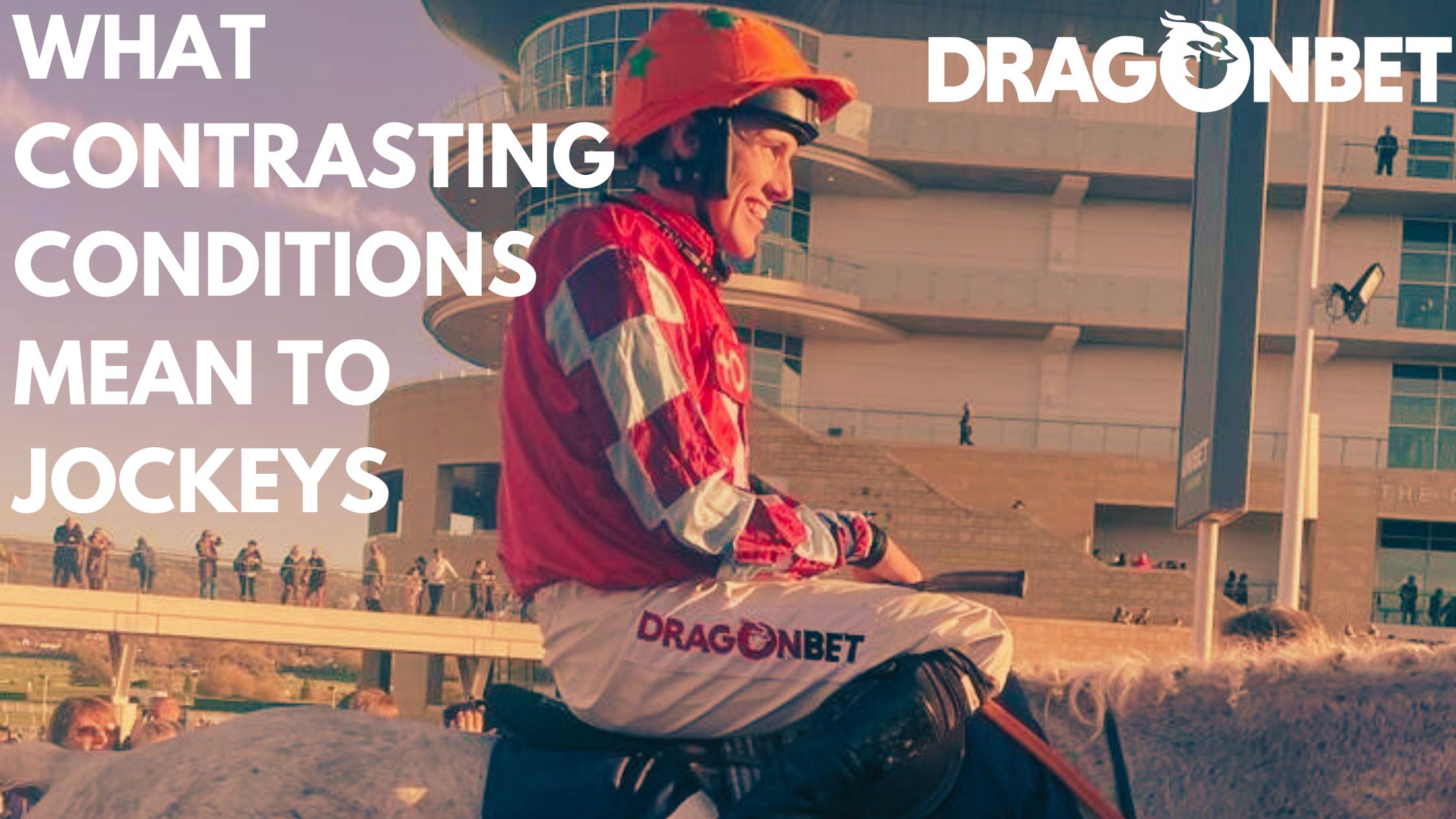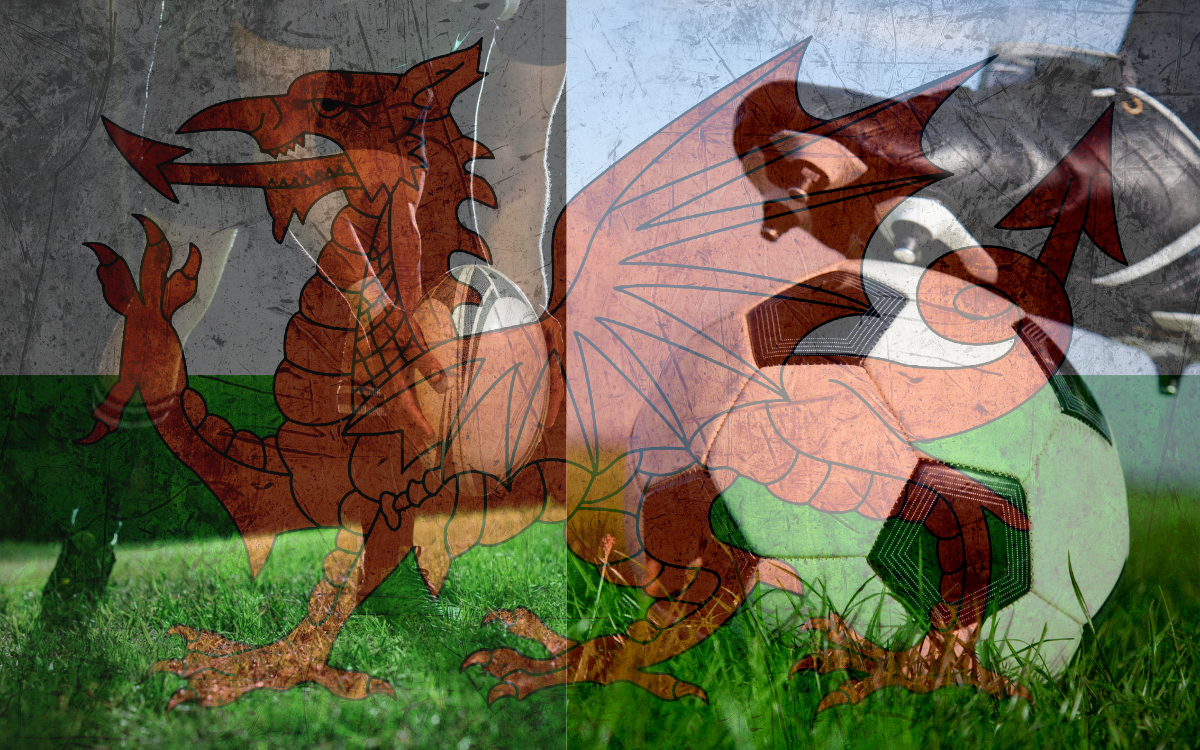An area of horse racing that I feel like is not explained often enough is race-riding tactics and why certain tactics are employed. We can all see how a horse is being ridden as the race unfolds but you must ask yourself sometimes “Why in the frick is the horse I’ve just backed jumped off plum last and given away a full 10 lengths to the leaders before it’s even crossed the starting line?” well, maybe not this exact sentence but words to this effect.
So let’s start there, why jump off last? The usual answer is to help a keen-going horse to “settle” and this is the example I am going to focus on today. It is important to have a horse relaxed and not getting in a fight with the jockey over what speed they go. This is because horses expend needless energy by pulling against their jockey and, crucially, it disrupts the rhythm of a horse. A horse that is pulling is unlikely to breathe in an efficient manner and horses need huge amounts of oxygen to sustain their efforts in a race. Horses consume a huge 600 litres of oxygen per minute in a race. Disrupting the horse’s ability to intake oxygen by small percentages will have huge effects on the horse’s fuel tank at the end of a race.
Generally, the easiest way to relax a fractious, keen-going horse is to jump off at the back of the field. A horse isn’t eyeballing other horses and isn’t being bumped and bounced around – all of which stimulates a horse’s instinct to run faster. In many instances, it is far more beneficial to give away a number of lengths at the start of a race in order to allow a horse to relax. The energy saved by not pulling is greater than the distance forfeited when giving away ground at the start. There is also long-term thinking at play here – by riding your horse in such a way to allow it to relax, you are increasing the chances of your horse learning to relax in future races.
Another option with the fractious horse I have described is to jump off in front and “chuck the reins at him/her”. By going from the front, horses who are otherwise keen can sometimes relax. There are 3 main reasons this works: 1. The horse is no longer chasing and, in effect, attempting to race the horses in front of it. 2. By going from the front many keen-going types will back off a little bit and be less inclined to pull because they have clear daylight in front of them. All of a sudden, the horse may prick its ears to check out his/her surroundings, and, “good gosh” the horse thinks, it is not quite so brave any more now it’s leading the pack and starts to gallop with a level of trepidation. Another key reason this tactic may work is by allowing the horse to go as fast as it wants to go and, essentially “chucking the reins” at it. I remember Richard Johnson’s favourite line when returning to the weighing room having gone fast through the first part of a race was: “it takes two to pull”. Horses are often keen because they want to go faster than the jockey wants them to go. Naturally, in an attempt to get the horse to go at the speed the jockey deems suitable, the jockey pulls the reins to slow the horse down. From here, many horses pull back just for the sake of it. They essentially don’t like the feeling of being pulled against, so in their infinite wisdom, they decide to pull back even harder. And in turn, with the keen horse becoming even stronger, the jockey has to pull harder on the reins. And guess what happens next? The horse pulls even harder. And thus, a contest of man vs beast ensues in a good old-fashioned game of tug-of-war. Invariably, there are no winners in this game, only losers. At least that’s what the Racing Post app will read when you have to scroll down through the finishing order to find where this duo finished. Although, it’s worth pointing out that some horses are very happy just to win the tug-of-war and aren’t too worried about what the results say. For the record, keen horses certainly don’t care what “red-devil-69” has to say about it on Twitter either.
By allowing the horse to go from the front, and without the restriction of potentially galloping into the horses in front of you, this fractious horse can begin the race and hurry along for a certain distance, expecting to be met with resistance by the jockey. However, when this resistance doesn’t arrive many horses will relax, and quite quickly slow down of their own volition. Once this initial fizz is out of the horse it will often become more tractable and respond to being asked by the jockey to slow down by…. actually slowing down. Hallelujah.
With the potential of employing two polar opposite plans that may be work the jockey is often left with a dilemma: if I go from the front, will I be chased and hassled by another keen horse, or worse, by a jockey who wants to get to the front at any cost? Or, should I “drop in” last (drop in is the term jockeys use to describe riding at the rear of the field)? What if there is no pace at the front of the race and we dawdle? My horse will be more likely to become keen and will likely be badly positioned if the race develops into a sprint. This is where, as a jockey, doing your homework can become invaluable. Oftentimes, you can work out exactly what your rivals are likely to do based on their previous form. However, this isn’t foolproof, as many horses try different tactics on different occasions in an attempt to solve their own jigsaw puzzle. Ok, so it’s time to talk to the other jockeys to see what their plans are.
As a rule, there will be a bit of chatter before a race in the weighing room as jockeys attempt to ascertain how the race will be run. In the jumps weighing room most jockeys are largely transparent about their plans for any given race and do not attempt to be deceptive in how they plan to ride their race. There may be some jockeys who do deliberately deceive from time to time but as a rule most jockeys say what they will do. At least they will say what their plan is for the first section of the race. “Handy away”, “get a good start”, “I can make it or sit handy” are some of the most common responses meaning largely the same thing: line up in the first row, be positive in kicking or allowing your horse into stride and then appraise from there where they sit, which is usually dictated by “sitting where their horse is comfortable” or, in other words, letting the horse find its own rhythm and seeing which position that is, rather than dictating to the horse which position that is.
From here, the jockey on the keen horse will decide what the barometer reading is: is it going to be hotly contested for the lead? When asked of their plans, this jockey might retort “first or last, depending on the rest of you fuckers”. Ok, ok, this hypothetical jockey might not swear but I just wanted to make sure you were paying attention.
Plans can of course change from the chatter in the weighing room, not least because the jockeys leave this chat to talk final plans with their connections in the paddock. Maybe in the weighing room there didn’t seem much pace on so jockey of our keen horse is getting excited and talks to his/her owners & trainer and confidently says “look, there doesn’t seem to be a great deal of pace so I think it’s best we grab the bull by the horns and make the running.” Everyone agrees. Great. Now we just need to execute the plan, simple. As you arrive at the start there are a few horses in a line circling at a brisk walk so you shout over “what’s the plan, lads [used in a gender neutral manner]?” All at once, you hear a choir of responses “making it”, “owners want me to send it on”, “I’ll be positive”. Bollocks. Time for plan B.
As you circle at the back of the field you just imagine the owners of the horse muttering to each other “what is he doing at the back there?”… “I don’t get… he literally told us 30 seconds ago he was going to blaze a trail”. You block out these thoughts as the starter raises his flag and then quickly drops it to get the race underway. With that, you jump off at a snail’s pace. Your horse becomes keen. The tug-of-war begins. On top of this you are badly positioned for a race that inevitably turns into a relative sprint. Your horse is outpaced and stays on for a never-nearer 4th, only beaten 3 lengths. Having given up more than this distance before the race has even begun the owners of the horse aren’t happy. Racing can be frustrating at times.
















